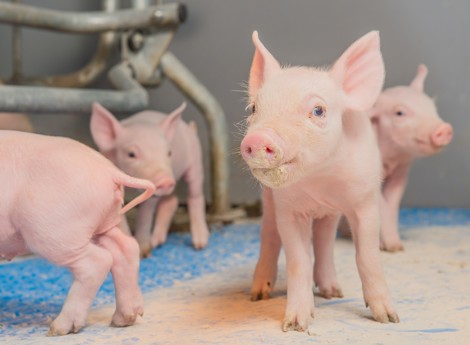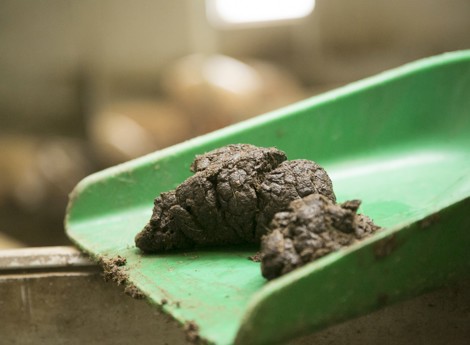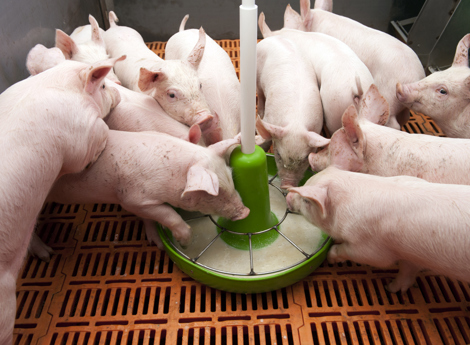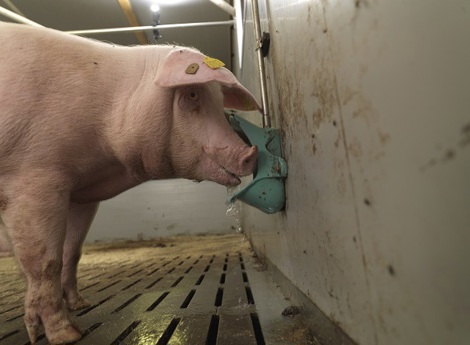Reduced clostridium diarrhoea through change in feeding approach
The first day after farrowing all looks good. But on the second or third day however, suddenly there are piglets in the farrowing room that have a drop in growth. The first thing that comes to mind is that the sow has too little milk. But a more careful look shows small spots of diarrhoea lying about here and there. By means of a quick test it is easy to isolate the pathogens that are playing a role here.

Causes during the Gestation Period
If the results point to Clostridium alone and the other pathogens are negative, then nutrition during the gestation period may play a role. Fermentation is occurring in the colon during the gestation period. In addition to beneficial bacteria, harmful bacteria are also growing in the intestine, one of which is Clostridium. During the transition from gestation to lactation feed the fermentation process changes enabling the sow's Clostridium infection to blossom.
Infection via Manure
Recently born piglets can become infected due to the fact that the infection, in spite of cleaning and disinfection, is still present in the compartment from the previous litter. However, the piglets can also become infected, for example, with Clostridium, by the sow's manure. In that case, problems are often even further aggravated because the sow's milk production has dropped.
Changing Feeding Approach in Case of Clostridium Diarrhoea
By optimizing feed transition from gestation to lactation this problem might be reduced. For example by providing gestation feed up to the time of farrowing, the fermentation process in the intestine remains stable. Often this results in improvement, but generally this is not sufficient to get this stubborn problem completely under control. It then warrants to have a look at gestation diet composition and see what can be done to keep the microbiotica in the colon of the sow stable.
Fewer Mycotoxins
Because the toxin-sensitive raw materials, such as wheat, barley and corn, in De Heus premium pig feed are cleaned, most mycotoxins are removed. The reduced supply of mycotoxins ensures that piglets consume fewer mycotoxins from the colostrum and milk and thus are given a healthy start. Furthermore, the composition of the different premium feeds is such that the transition from gestation to lactation feed proceeds smoothly.
Vaccination
IIn addition to Clostridium, the E. coli strain pathogens and the Rota virus also play a major role in birth diarrhoea, especially among first parity sows. This is why, in addition to proper sow feed, a tight vaccination scheme is key to success as well.
If you want to learn more about this topic, please contact your local De Heus' specialist




